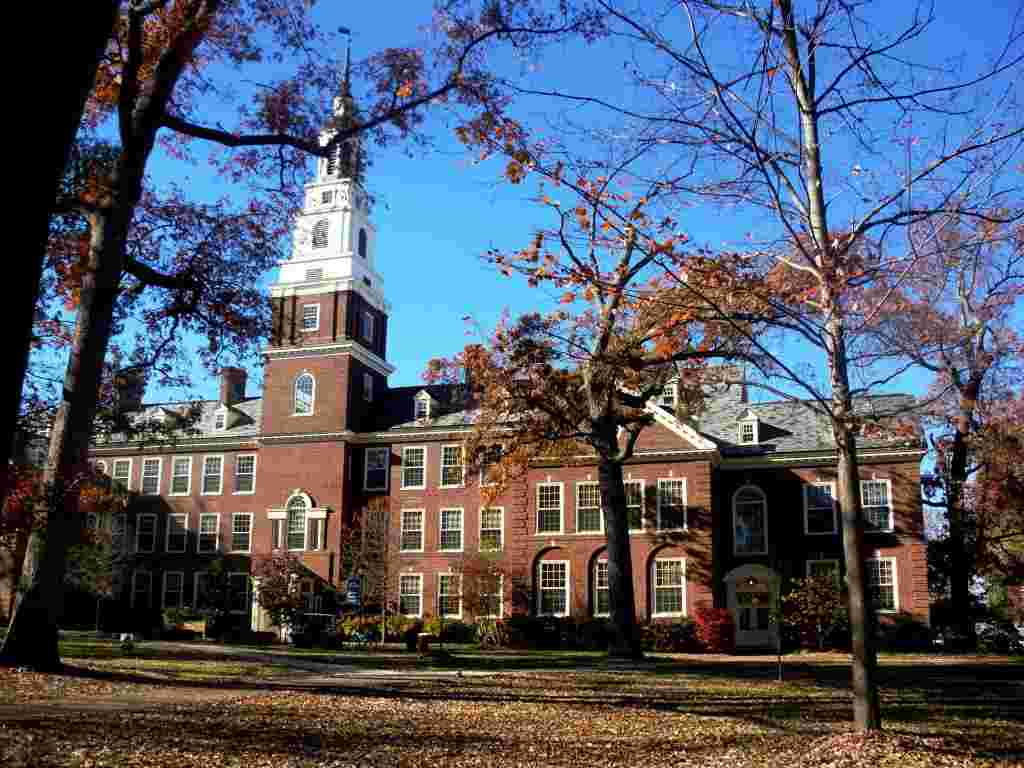Berea College Chooses Preservica
To preserve 100TB of Appalachian history on AWS
This is a Press Release edited by StorageNewsletter.com on August 26, 2015 at 2:38 pmBerea College, a liberal arts college based in Kentucky, has chosen digital preservation partner, Preservica Ltd, part of Tessella group, to protect and make accessible its sound and video collection, documenting the history and culture of Berea College and Southern Appalachia.
The 100TB collection, which will be preserved in Preservica’s Cloud Edition hosted on Amazon Web Services, consists of sound and video documenting traditional music and mountain culture.
In 2015, after a research and selection process, Berea selected Preservica as its partner to help preserve its collection, and to make it publicly accessible. Preservica was chosen following a review of several vendors, and was noted as being the most functional, flexible and economic solution, as well as the easiest to integrate with the archive’s existing IT ecosystem.
“The Preservica team is fantastic to work with, they have come up with a solution that works very well for our needs, and always have a variety of people to answer our questions,” says Rachel Vagts, head of special collections and archives, Berea. “We’re very excited about this project. We have such an extensive collection of unique sound and video, and it’s great that our students and the worldwide research community will be able to access it.“
The archives being preserved are all non-commercial – one of a kind, stored on a variety of mostly obsolete formats. They document Appalachian history and culture, as well as the history of Berea College. The collection is strong in the areas of traditional music (banjo and fiddle for example), religious expression, spoken lore, radio programs, oral history, and College events and personalities. It includes field recordings from homes and churches by collector – scholars, local and regional folk festivals, student performances, presentations of notable scholars, preachers, and social activists who have visited Berea.
Featuring a set of records dedicated to the work of the Appalachian Volunteers on the 1960s War on Poverty, the collection is a valuable record of Kentucky history. A powerful recollection of history, the collection also features historic photographic archives of Appalachian families stretching as far back as 1890.
The Berea sound and video collection is approaching 100TB in size. The large size of the collection is due to the inclusiveness of the files, many of which are sound files. Rather than deleting intervals between recital sound recordings to reduce file size, Berea has kept all files in their entirety in an effort to capture an end-to-end cultural experience, complete with background chatter from the audience. The video files were especially large files, with some of them as big as 516GB.
During the selection process of determining what would work well for Berea, it emerged that Preservica was the most economical choice for the institution.
“They have been a great technical resource that has not broken the bank,” says Vagts.
In addition, Preservica submitted a proof of concept document that met all of Berea’s requirements, including their cloud requirements, which would preserve the collection in the cloud and make it universally accessible to the wider research community.
To enable Berea to move its collection to Preservica, AWS Import/Export is being used to move large amounts of data into the AWS Cloud. This is accomplished by using portable storage devices for transport and will enable the whole 100TB collection to be uploaded within weeks.
The finished solution will be available via Berea College Special Collections and Archives website, the objective being to share its fascinating history as widely as possible.
Preservica CEO Jon Tilbury comments: “Berea College pioneers the way forward for other educational institutions, and corporations, in the US and beyond, and this project is not only helping Berea, but also archivists around the world. It’s an amazing collection, and a fabulous piece of history for us to be helping to safeguard into the future.“
One example of the collection includes forty-eight acetate disc recordings made in the early 1940s that document Magoffin County, Kentucky fiddler and banjo player, John Morgan Salyer. Salyer was born in 1882 and was master of an older eastern Kentucky style that is only barely discernible in the playing of present day fiddlers and banjoists. The recordings were made by his sons Grover and Glen using a home disc-cutting machine. Many of his tunes have not been documented elsewhere.













 Subscribe to our free daily newsletter
Subscribe to our free daily newsletter
